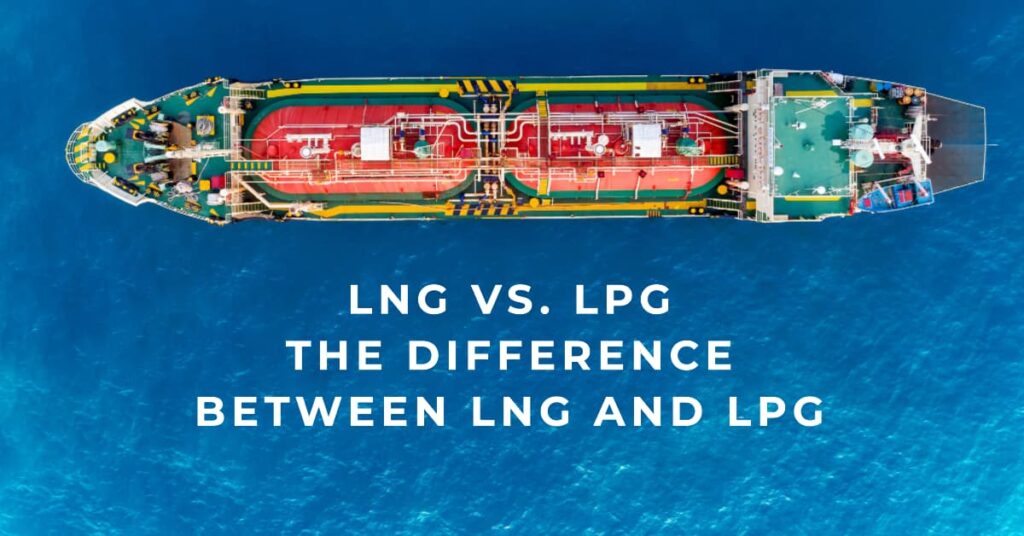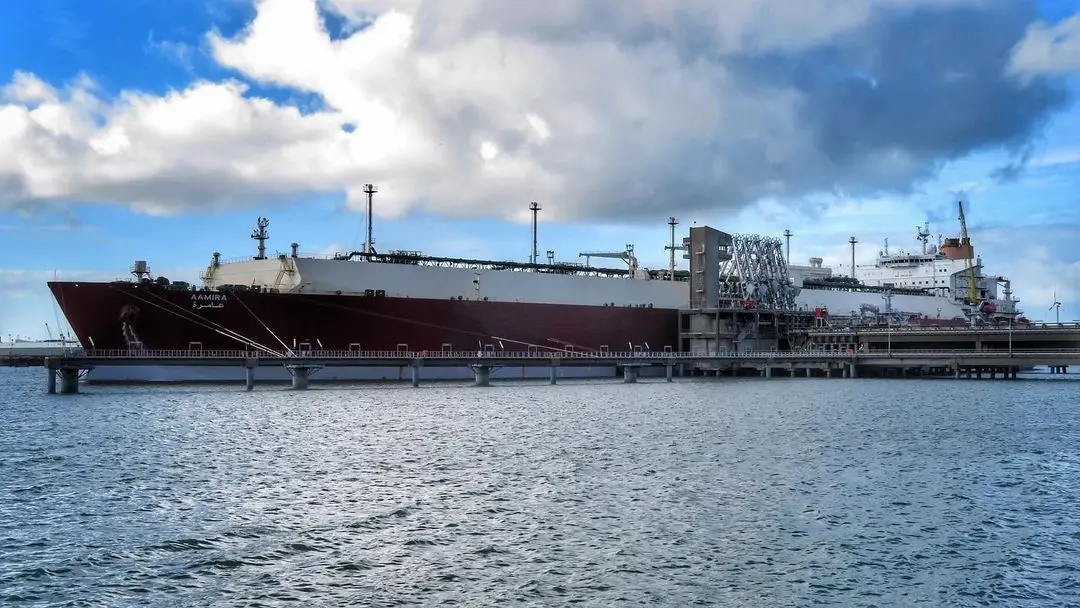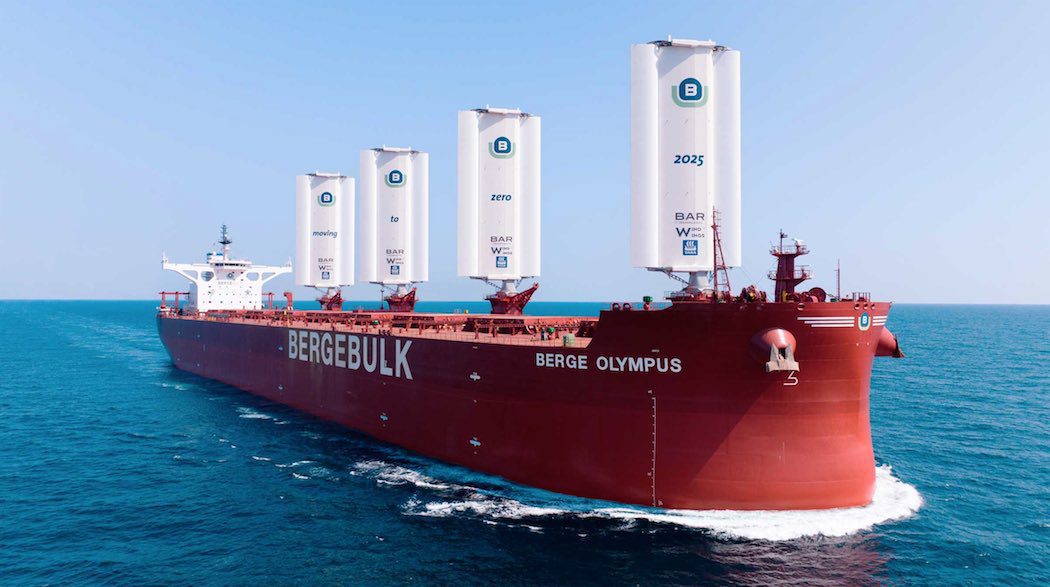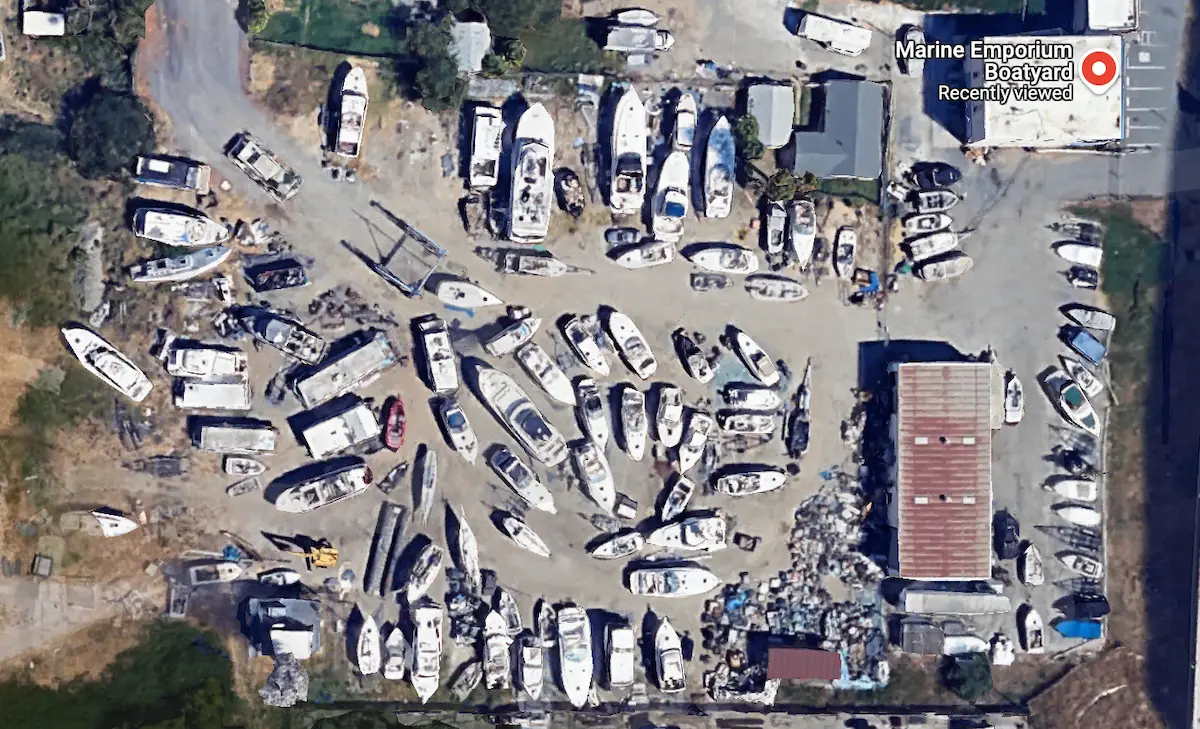The difference between LNG and LPG is an important distinction that can sometimes be confusing. In this comprehensive and engaging article, we’ll take a deep dive into the world of these two similar, yet distinct, fuels.

LNG vs. LPG – Key Distinctions
Before we dive into the specific differences between LNG and LPG, it’s essential to understand what each of these acronyms represents. LNG stands for Liquefied Natural Gas, while LPG stands for Liquefied Petroleum Gas. Both of these fuels are derived from natural gas, but the process and applications for each are distinct.
Liquefied Natural Gas (LNG)
LNG is created when natural gas is cooled to an extremely low temperature, around -260°F (-162°C). At this temperature, natural gas becomes a clear, colorless, and odorless liquid. The primary component of LNG is methane, making it a relatively clean-burning fuel source. LNG is mainly used for heating, cooling, and generating electricity. It is also gaining popularity as a fuel for cargo ships and other large vessels.
Liquefied Petroleum Gas (LPG)
LPG, on the other hand, is a mixture of propane and butane. These hydrocarbons are byproducts of the natural gas and petroleum refining processes. Like LNG, LPG is also stored and transported as a liquid under pressure. The most common applications for LPG include cooking, heating, and as an alternative fuel for vehicles.
Key Differences in Shipping and Storage of LNG vs. LPG
Now that we have a basic understanding of what LNG and LPG are, let’s explore the differences between these two fuels.
Chemical Composition
As mentioned earlier, the primary component of LNG is methane, while LPG consists of propane and butane. This difference in composition leads to distinct properties and uses for each fuel.
Energy Content
LPG has a higher energy content per unit volume compared to LNG. This means that LPG can provide more energy when burned, making it a more efficient fuel source in some applications.
Storage and Transportation
LNG requires cryogenic storage in specially designed LNG carriers, like Moss-type or membrane-type vessels, which can safely maintain extremely low temperatures during transport to meet international maritime standards.
LNG carriers are specifically designed to transport this fuel under these conditions. LPG, however, can be stored and transported at a much higher temperature (around -44°F or -42°C) and under moderate pressure. This makes LPG storage and transportation less complex and costly compared to LNG.
LNG carriers can transport up to 266,000 cubic meters of LNG in a single trip. Innovations in ship design have enabled LNG transport distances to increase by 25% while reducing boil-off rates, making it a viable long-distance shipping solution.
Environmental Impact
Both LNG and LPG are considered cleaner fuels than traditional fossil fuels such as coal and oil. However, since LNG is primarily composed of methane, it has a lower carbon content and produces fewer greenhouse gas emissions when burned compared to LPG. Additionally, the fuel consumption of ships using LNG is generally lower than those using LPG, making it a more eco-friendly option.
| Aspect | LNG (Liquefied Natural Gas) | LPG (Liquefied Petroleum Gas) |
|---|---|---|
| Composition | Primarily methane | Mixture of propane and butane |
| Energy Content | Lower energy content per unit volume | Higher energy content per unit volume |
| Storage Temperature | -260°F (-162°C) | -44°F (-42°C) |
| Transportation | Cryogenic storage, LNG carriers | Moderate pressure, LPG carriers |
| Environmental Impact | Lower greenhouse gas emissions | Higher greenhouse gas emissions |
| Main Applications | Heating, cooling, electricity, maritime fuel | Cooking, heating, autogas |
Applications in Maritime Transport: Where LNG and LPG Stand Out
Now that we’ve identified the key differences between LNG and LPG, let’s explore the unique applications of each fuel.
LNG in the Maritime Industry
LNG has gained significant traction in the maritime industry due to its environmental and economic benefits. The shipping industry is moving towards more eco-friendly solutions, and the use of LNG as a fuel source is a significant step in this direction.
LNG can help reduce cargo ship CO2 emissions and improve air quality, especially in coastal areas and port cities. Several top LNG carrier operators have embraced this trend, investing in LNG-fueled ships as well as in LNG bunkering vessels to support refueling operations for these eco-friendly vessels.
LNG offers cost-effective fuel options, with potential savings of 15-30% over heavy fuel oil, making it an attractive choice for long-haul carriers. A 2023 study by the International Gas Union (IGU) reported a reduction in operating costs among LNG-fueled fleets by 20%. This economic advantage is one of the reasons why the shipping industry is increasingly considering LNG as a viable fuel option.
Prominent companies like GasLog and Shell have invested heavily in LNG carrier fleets, citing reduced emissions and regulatory compliance as key factors. GasLog, for instance, reduced its fleet emissions by 15% since transitioning a portion of its fleet to LNG fuel.
LPG in Residential and Commercial Applications
LPG is widely used in residential and commercial settings, primarily for cooking and heating. LPG provides a high-energy, clean-burning fuel source that is readily available and easy to store. In many countries, LPG is delivered in portable cylinders, making it a convenient option for households and businesses alike.
LPG is also used as an alternative fuel for vehicles, known as autogas. Autogas is a popular choice in some regions due to its lower cost compared to gasoline or diesel and its lower emissions.
Future of LNG and LPG: The Road Ahead
Both LNG and LPG are increasingly essential for the merchant shipping industry as global demand for cleaner cargo transportation solutions continues to expand.
Innovations in technology and infrastructure will likely further improve the efficiency and accessibility of these fuels, making them even more attractive options for various applications.
LNG: Expanding Infrastructure and Adoption
The future of LNG is closely tied to the development of new infrastructure, such as Floating Storage and Regasification Units (FSRUs), which can help bring LNG to new markets. As more countries invest in LNG infrastructure, the adoption of this fuel is expected to grow, both for power generation and transportation.
The maritime industry’s shift towards more sustainable practices will likely continue to drive the adoption of LNG as a preferred fuel source for ships. As more vessels are built or retrofitted to run on LNG, we can expect to see a reduction in emissions and an improvement in overall air quality.
LPG: Cleaner and More Versatile Fuel Source
LPG’s versatility and high-energy content make it an attractive fuel source for various applications. As countries look for cleaner alternatives to traditional fossil fuels, LPG is poised to play a more significant role in meeting global energy needs.
Innovations in LPG technology, such as marine gas oil (MGO) fuel alternatives, could further expand the range of applications for this fuel. Moreover, LPG’s role in the transportation sector may grow as governments implement stricter emissions standards for vehicles.
LNG vs. LPG – Complementary, Not Competing
As the merchant shipping industry progresses toward greener practices, the roles of LNG and LPG are poised to expand, particularly as investments in LNG carriers and LPG-fueled vehicles grow to meet global energy efficiency standards.
Both fuels have a role to play in the global shift towards cleaner and more efficient energy sources. Rather than competing, LNG and LPG can be seen as complementary fuels, each with its own advantages and areas of use.
As the world moves towards more sustainable energy solutions, we can expect to see continued growth and innovation in the LNG and LPG sectors, further solidifying their positions as crucial components of the global energy landscape.
The Role of LNG and LPG in Reducing Energy Poverty
One of the most significant challenges the world faces today is addressing energy poverty. Millions of people around the globe lack access to reliable, affordable, and clean energy sources. Both LNG and LPG can play a crucial role in bridging this energy gap and improving the quality of life for people in developing countries.
LNG can be a game-changer for countries with limited access to natural gas resources or inadequate infrastructure. By importing LNG, these countries can quickly establish a reliable source of energy for power generation, which can help drive economic growth and development. Furthermore, the use of LNG can reduce dependence on traditional fossil fuels, leading to lower emissions and improved air quality.
LPG, on the other hand, can provide a clean and efficient cooking fuel alternative for households in developing countries. Traditional cooking methods, such as burning wood, coal, or animal dung, can cause severe indoor air pollution, leading to severe health issues. By switching to LPG, families can significantly reduce their exposure to harmful pollutants, leading to better health and well-being.
Safety Considerations for LNG and LPG
As with any fuel source, safety is a critical consideration when handling and using LNG and LPG. While both fuels are considered relatively safe, proper precautions must be taken to ensure their safe storage, transportation, and use. For example, compliance with the IGC Code is mandatory for ships carrying liquefied gases, as it outlines essential safety regulations for LNG and LPG transport.
In LNG transport, primary safety concerns include maintaining cryogenic temperatures and preventing boil-off gas (BOG) formation. Most LNG carriers are equipped with re-liquefaction systems, ensuring safe and efficient handling of LNG cargo across long distances.
Accidental contact with LNG can result in severe cold burns or frostbite. Additionally, if LNG is released into the atmosphere, it can quickly vaporize and form a flammable cloud, which could pose a risk of explosion if ignited. To mitigate these risks, specialized equipment and stringent safety protocols are implemented during the storage, handling, and transportation of LNG.
LPG, stored under moderate pressure, has specific safety requirements. The International Maritime Organization (IMO) mandates rigorous checks to prevent leaks and minimize the risk of fire or explosion during transport. Specialized double-walled tanks and strict adherence to IMO regulations help ensure safe transit. Proper storage, regular inspection of equipment, and adherence to safety guidelines can help minimize the risk of accidents involving LPG.
The Growing Importance of LNG and LPG in a Changing Energy Landscape
As the world continues to transition towards cleaner and more sustainable energy sources, the importance of LNG and LPG is only set to grow. Both fuels offer numerous advantages over traditional fossil fuels, such as reduced emissions and improved efficiency. Furthermore, they can play a vital role in addressing energy poverty and improving the quality of life for people around the globe.
The ongoing development and adoption of new technologies and infrastructure will further solidify the positions of LNG and LPG as critical components of the global energy mix. By understanding the difference between LNG and LPG and harnessing their unique strengths, we can continue to drive progress toward a more sustainable, cleaner, and brighter energy future for all.
- Types of Gas Carriers as per IGC Code – April 22, 2025
- Wind-Assisted Propulsion Systems (WAPS): A Game Changer for Maritime Decarbonization – February 6, 2025
- 10 Boat Salvage Yards in California – January 25, 2025



